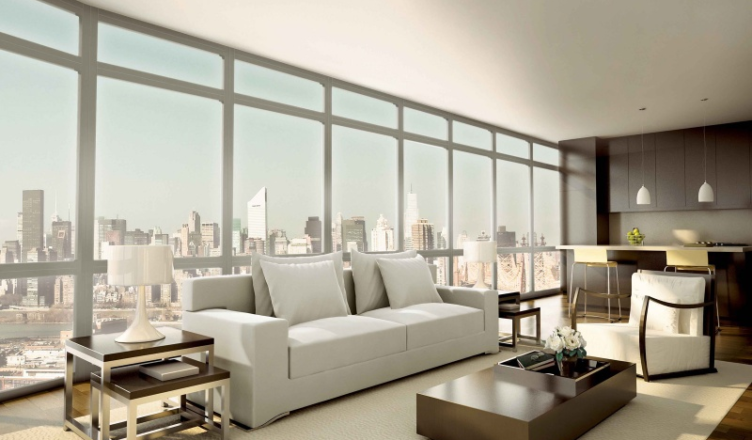Interior design has long been an art form that merges creativity, functionality, and aesthetics to transform spaces into captivating environments. Over the years, this field has witnessed significant changes, adapting to evolving trends, technology, and societal preferences. In the current era, interior design has taken a bold leap, embracing individuality and innovation as its driving forces.
Gone are the days when cookie-cutter designs dominated the industry. Today, interior designers are celebrating uniqueness and personalization, tailoring spaces to reflect the personality and lifestyle of their inhabitants. The focus has shifted from following rigid design rules to embracing diversity, allowing each space to tell its own compelling story.
One of the most notable transformations in interior design is the growing emphasis on sustainability. With environmental consciousness on the rise, designers are integrating eco-friendly materials, energy-efficient systems, and sustainable practices into their creations. This shift not only reduces the environmental impact but also brings a fresh, organic vibe to interiors, fostering a deeper connection with nature.
Another fascinating aspect of modern interior design with open floor plans” with “2D and 3D Floor Plan is the integration of technology. Smart homes are becoming increasingly popular, as homeowners seek convenience, comfort, and connectivity. From voice-controlled lighting and temperature systems to automated window blinds, technology is seamlessly merging with design, transforming living spaces into futuristic hubs. The marriage of innovation and aesthetics has opened up a world of possibilities, where homes and offices become smart, interactive, and intuitive.
Color palettes have also witnessed a delightful divergence from conventional norms. While neutrals and earthy tones continue to inspire calmness and sophistication, vibrant hues are making bold statements. From electric blues and fiery reds to playful yellows and soothing greens, designers are fearlessly experimenting with color to evoke emotions, create focal points, and redefine spatial dynamics. Accent walls, colorful furniture pieces, and artful accessories are breathing life into interiors, transcending the boundaries of traditional design.
Texture is yet another captivating element that is revitalizing interior spaces. By incorporating a diverse range of textures, designers are adding depth, tactility, and visual interest to every corner. From plush velvets and rough-hewn woods to sleek metals and intricate tiles, the juxtaposition of textures creates an immersive sensory experience. This trend invites people to touch, feel, and connect with their surroundings, blurring the line between art and function.
In the realm of interior design, open floor plans have become the epitome of modern living. Breaking down barriers between rooms, open spaces promote social interaction, facilitate natural light flow, and provide a sense of spaciousness. This architectural shift allows for seamless transitions between areas, making homes and workplaces more flexible and adaptable. It encourages collaboration, encourages creativity, and caters to the evolving needs of a dynamic lifestyle.
Lastly, the rise of virtual design tools and online platforms has democratized interior design, making it accessible to a wider audience. Virtual reality (VR) and augmented reality (AR) technologies enable clients to visualize their spaces before committing to a design concept. Online platforms and social media channels have become treasure troves of inspiration, connecting designers, homeowners, and enthusiasts across the globe. This interconnectedness has fostered a vibrant community that thrives on shared knowledge, innovative ideas, and cross-cultural influences.
In conclusion, interior design has undergone a remarkable evolution, embracing individuality and innovation in unprecedented ways. From sustainability and technology integration to diverse color palettes, textures, and open floor plans, each aspect contributes to the ever-changing landscape of this creative field. With the newfound emphasis on personalization and the accessibility offered by virtual tools, interior design has become an empowering and inclusive journey for both professionals and enthusiasts alike. As we navigate the future, the possibilities are limitless, and interior design continues to captivate, inspire, and transform our living spaces into unique expressions of ourselves.

